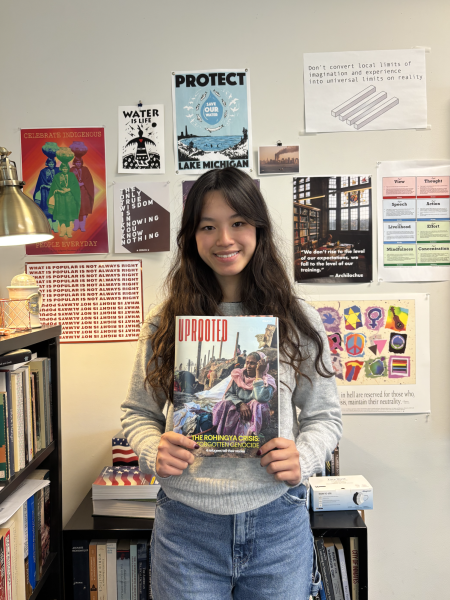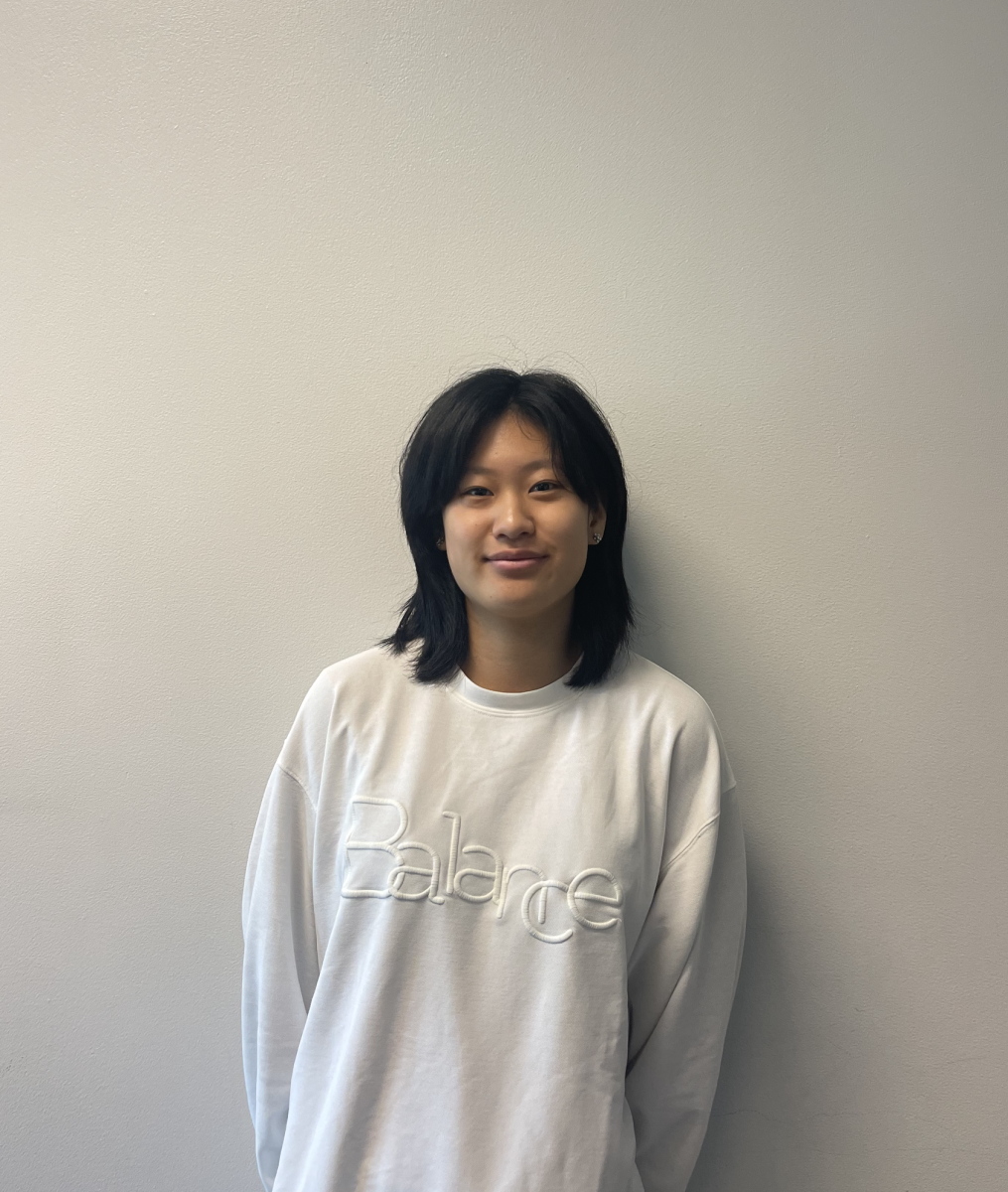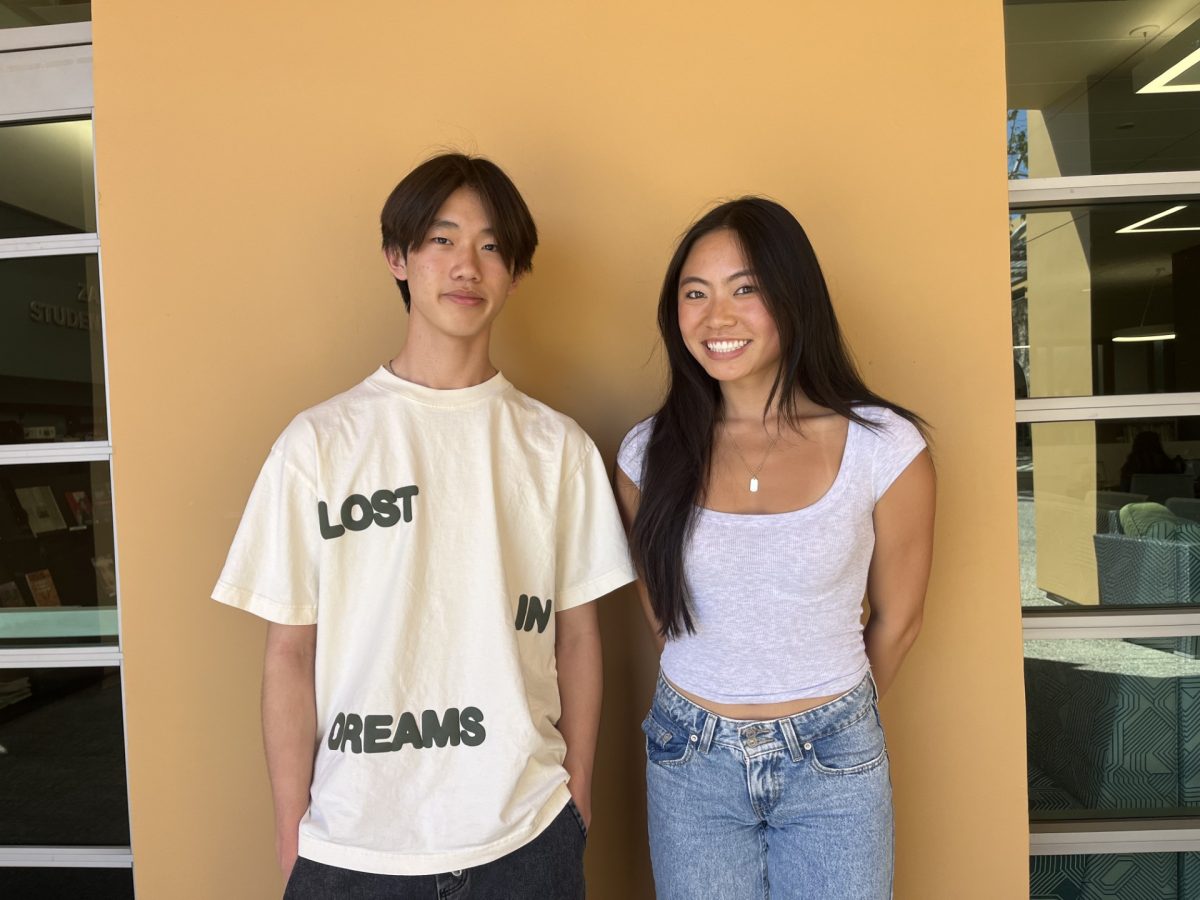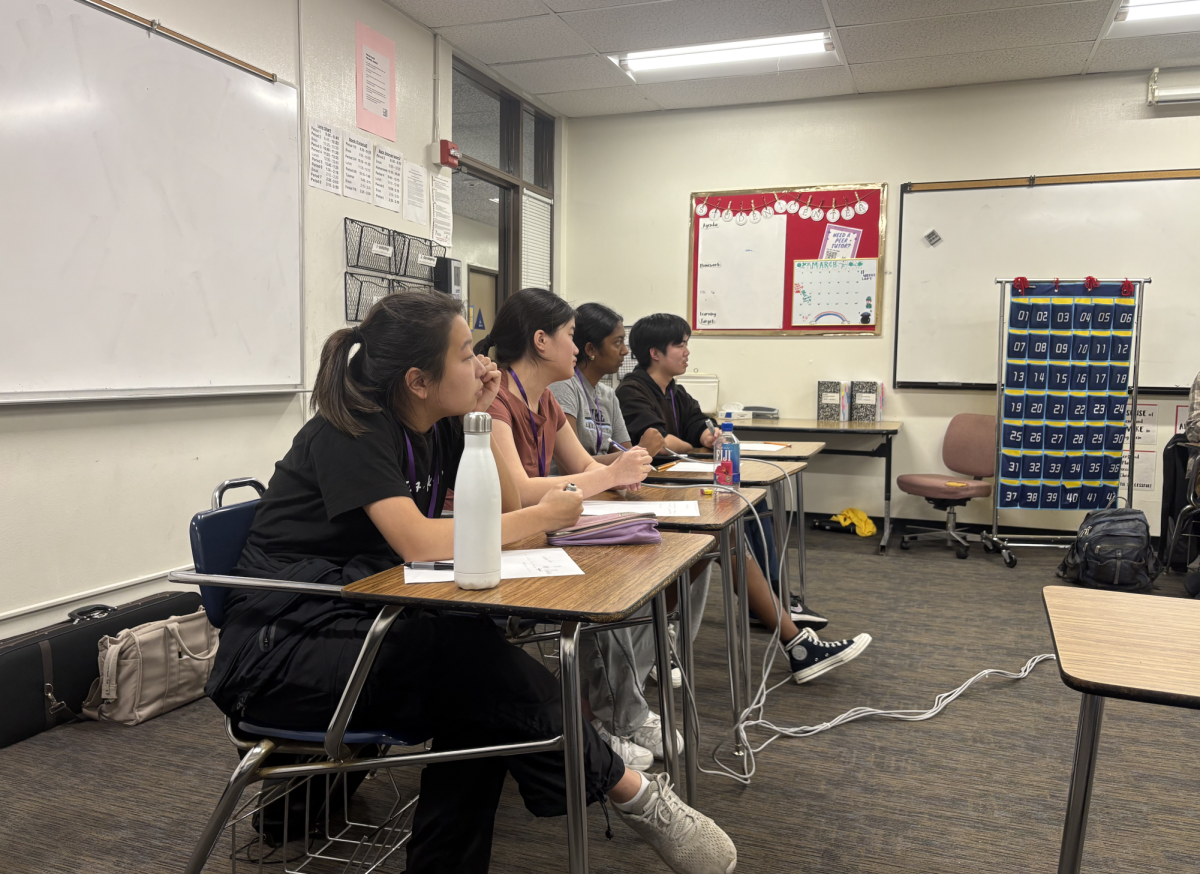
As a senior in high school, Naomi Tran published the Uprooted magazine to raise awareness on modern-day social justice issues related to refugees and those forced to be uprooted from their homes. Her first edition focuses on the Rohingya genocide and includes personal stories and recounts of refugees impacted by the Crisis in Myanmar.
“I’m an immigrant and my migration was voluntary yet still I feel a lot of loss and alienation from losing parts of my ancestral heritage,” Tran said. “When you are a refugee, when you are asylum seeker and you are forcibly displaced that feeling is infinitely worse. I feel like in our political climate right now there’s not a lot of empathy for these communities so I just wanted to start Uprooted to learn more about their life experiences [and] the injustices they face.”
With Tran’s lead, Uprooted has become an impactful student organization that educates the community for social justice purposes.
Students continue to propel social justice movements with their idealism, energy, and desire for systemic change, harnessing the power of social media to challenge inequities and advocate for a more just society. Sage Hill students interviewed by The Bolt say they confine their activism to hosting educational events and writing because they’re afraid of putting their college applications in jeopardy.
The public voicing of political issues as such may be deemed controversial in certain environments. However, radical changes throughout history provide the backing for student organizations today to have the freedom to express their views despite the possibility that these opinions can spur heated discussions, even arguments. Early social justice movements originated in the early 19th century where the Industrial Revolution and civil resolution throughout Europe shaped the public sphere’s debates, and American college students first started to take on the challenge of these movements in the 1930s for anti-war purposes. Since then, students have protested everything from climate change to income inequality and gun violence. But, how do our own community’s students challenge the societal status quo and partake in student protests?
The current student population protests for causes ranging from Black Lives Matter to climate change activism and many at Sage Hill School approach their advocacy with strategic manners. Junior Aisha Muhsin, a student advocate for Middle Eastern Issues and Hijabi empowerment, pursues social justice through educating her community by hosting seminars at Sage Hill to take “an educational standpoint” so as to not “try and force any ideas..but try and expand their perception” of complex issue.”
Some students are also concerned with violence breaking out at protests.
“I personally support student protests because I think it’s a great way to express their opinion, but I do believe that sometimes things can go too far,” Aisha said. “When they take a violent turn… usually it’s some type of external forces. That is when I stop supporting.”
Despite these concerns, she believes Sage Hill’s administration and faculty support students’ decisions to express themselves.
In the educational field, teachers navigate a balance between supporting student activism and addressing student’s concerns about their future.
Social studies teacher Dr. Farrish said, “When it comes to social justice, I don’t think there’s any need for neutrality,” but educators should be “transparent in their beliefs” and open to dialogue.
This approach acknowledges the tension students face between voicing their beliefs versus future aspirations and teachers also observe that students report having “one eye to the truth and justice and one eye to being pragmatic.” Furthermore, rather than promoting direct public protests, Dr. Farrish also promotes a broader definition of activism such as developing a book club, or challenging friends which allows students to advocate for causes they stand for without jeopardizing their college prospects. Therefore, by fostering critical thinking, teachers can foster an open environment where students can express their beliefs in ways that align with their comfort level.





